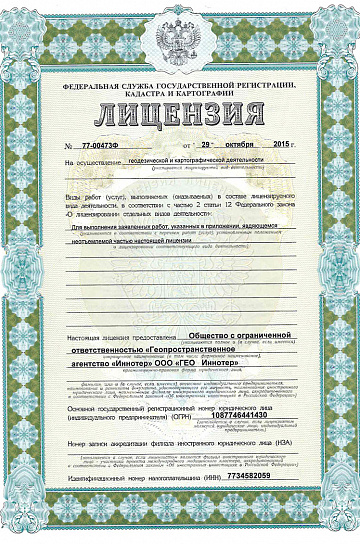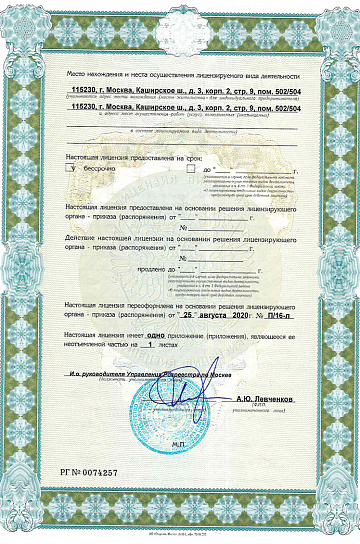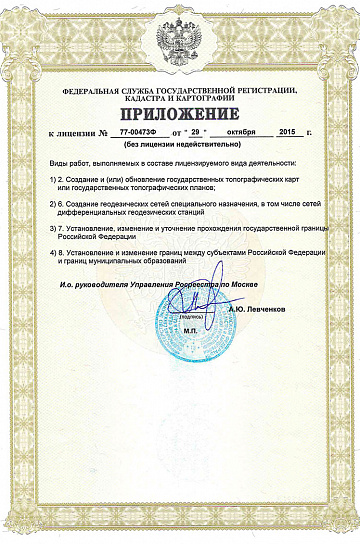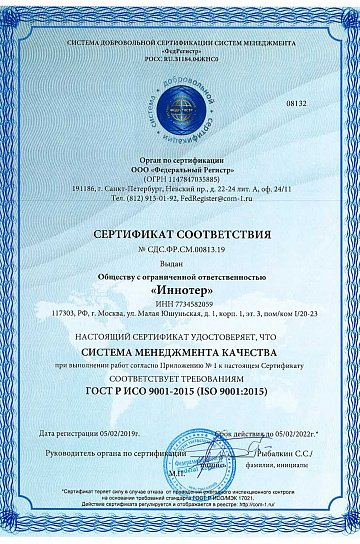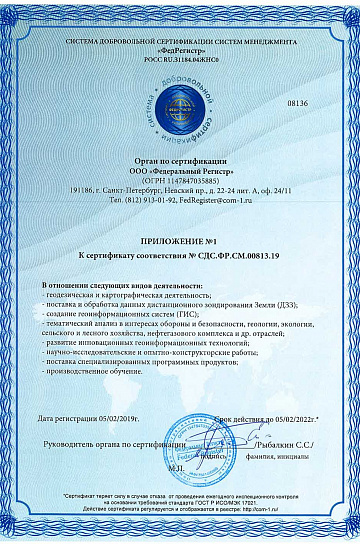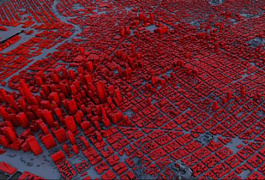Unmanned Transport (autonomous transport, self-driving transport, driverless transport, or robotic transport) is a type of transport capable of moving without human intervention.
Unmanned Transport Vehicle - a highly or fully automated vehicle that operates without human intervention (Decree of the Government of the Russian Federation dated March 25, 2020, No. 724-r).
Unmanned transport uses various sensors to perceive the surrounding environment, such as thermographic cameras, radar, LiDAR, sonar, GPS, odometers, and inertial measurement units.
Control systems interpret sensor information to create a three-dimensional model (3D) of the surrounding environment. Based on this model, the vehicle determines appropriate navigation paths and strategies for managing road traffic (stop signs, intersections, main roads, speed, flow, etc.) and obstacles. High definition (HD maps) maps road maps are also an integral part of this technology.
IoT sensors, artificial intelligence, machine learning technologies, and big data analysis are all fundamental to the connected car and autonomous driving phenomenon. It is expected that by 2025, the global IoT automotive market will reach $541.73 billion, with an annual growth rate of 16.4%, and connected car shipments, according to Business Insider forecasts, will reach 65 million by 2030.

At the end of 2022, Resolution of the Government of the Russian Federation dated December 29, 2022, No. 2495, on the launch of a new experimental legal regime (ELR) for the operation of unmanned passenger and freight vehicles in cities and suburbs in 38 regions of Russia, came into effect.
"This experiment will be the largest in Russia and will allow the implementation of unmanned transport technology under various climatic and road conditions from Crimea to the Khabarovsk Krai. It already involves 38 regions from the very beginning, and various unmanned transport vehicles from several initiators are planned to be used," said Mikhail A. Kolesnikov, Deputy Minister of Economic Development.
"The team of Geospatial Agency Innoter provides reliable support to the industry in creating the cartographic base for unmanned transport," said Natalya N. Malkova, CEO of Innoter LLC.
You can order from us
Prices for services
| Consultation | Free |
|---|---|
| Selection of technical solution, preparation of technical task | Paid |
| Data ordering, providing shooting | Paid |
| Data processing | Paid |
| Cost of digitization for 1 km2 (including creation of 3D model) | From 500 USD |
The price starts from 40,000 rubles (1 square kilometer 3D model) and is calculated individually for each customer.
The cost of execution is calculated on an individual basis, taking into account a specific of task.
After receiving the task description, we calculate the cost and send you a commercial offer.
Period of execution
The completion period for the work is from 15 (fifteen) working days and is calculated individually for each customer.
The completion period depends on:
- The area of the area (urban streets) or the length of the route.
- The configuration of the autonomous vehicle.
- The time required for assembling technical equipment.
- The testing duration.
How to place an order:
Need for consultation?
Fill the form and we will contact you
Stages of service provision
The result of the provision of services
3D road models, digital map with road texture attributes, HD maps.high definition map (hd maps), high definition (hd) maps for autonomous vehicles
Requirements for Source Data
Selection of archived data from satellite (high-resolution) or UAV (drone) imagery for the territory or route of autopiloting.
If it is not possible to provide the specified information, please provide details about the intended use of the remote sensing materials. The specialists of GEO INNOTER will analyze the requirements and suggest an optimal solution to address the issue.
Related services












Customers
FAQ
- Traffic management.
- Bureaucracy.
- Infrastructure.
- Revenue.
- Liability insurance.
- Police and emergency response.



















